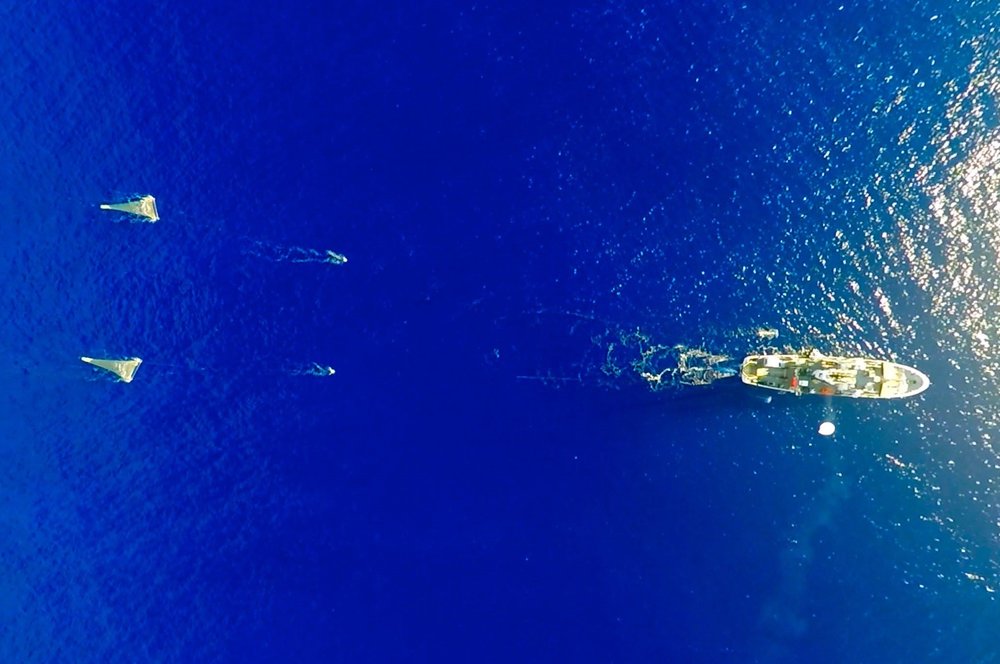
SAN FRANCISCO – Scientists and volunteers who have spent the last month gathering data on how much plastic garbage is floating in the Pacific Ocean returned to San Francisco on Sunday and said most of the trash they found is medium to large-sized pieces, as opposed to tiny ones.
Volunteer crews on 30 boats have been measuring the size and mapping the location of tons of plastic waste floating between the West Coast and Hawaii.
“It was a good illustration of why it is such an urgent thing to clean up because if we don’t clean it up soon then we’ll give the big plastic time to break into smaller and smaller pieces,” said Boyan Slat, who has developed a technology that he says can start removing the garbage by 2020.
A ship carrying fishing nets, buckets, buoys and bottles, among other items, and two sailing boats with volunteers who helped collect the garbage samples arrived in San Francisco’s Piers 30-32. The boats went on a 30-day voyage as part of the “Mega Expedition,” a major step in an effort to eventually clean up what’s known as the Great Pacific Garbage Patch.
The expedition was sponsored by The Ocean Cleanup, an organization founded by Slat, a 21-year-old innovator from the Netherlands.
Slat said the group will publish a report of its findings by mid-2016 and after that they hope to test out a 1-mile (1.6 kilometre) barrier to collect garbage near Japan. The ultimate goal is construction of a 60-mile (100 kilometre) barrier in the middle of the Pacific.
He first became passionate about cleaning the oceans of plastic while diving in the Mediterranean Sea five years ago. “I was diving in Greece and realized that there were more plastic bags than fish, and I wondered why can’t we clean this up,” Slat said.
After dropping out of university after his first six months, Slat dedicated his life to developing the technology the group will start testing next year.
He has envisioned using long-distance floating barriers that will attach to the seabed and will target swirling ocean currents full of waste and skim garbage from the surface while aquatic life and the currents themselves pass underneath.
After a 2012 Ted Talk about his idea was viewed more than 2 million times, Slat decided to launch a kick starter campaign and raised $2 million euros (about $ 2.27 million) that helped to start his organization. Soon, his innovative solution got the attention of major philanthropists in Europe and Silicon Valley, including Salesforce.com CEO Marc Benioff, who are helping pay for the data-gathering efforts and the technology’s development.
The Great Pacific Garbage Patch was discovered by Charles J. Moore in 1997 as he returned home from the Transpacific Yacht Race, which starts in Los Angeles and ends in Honolulu.